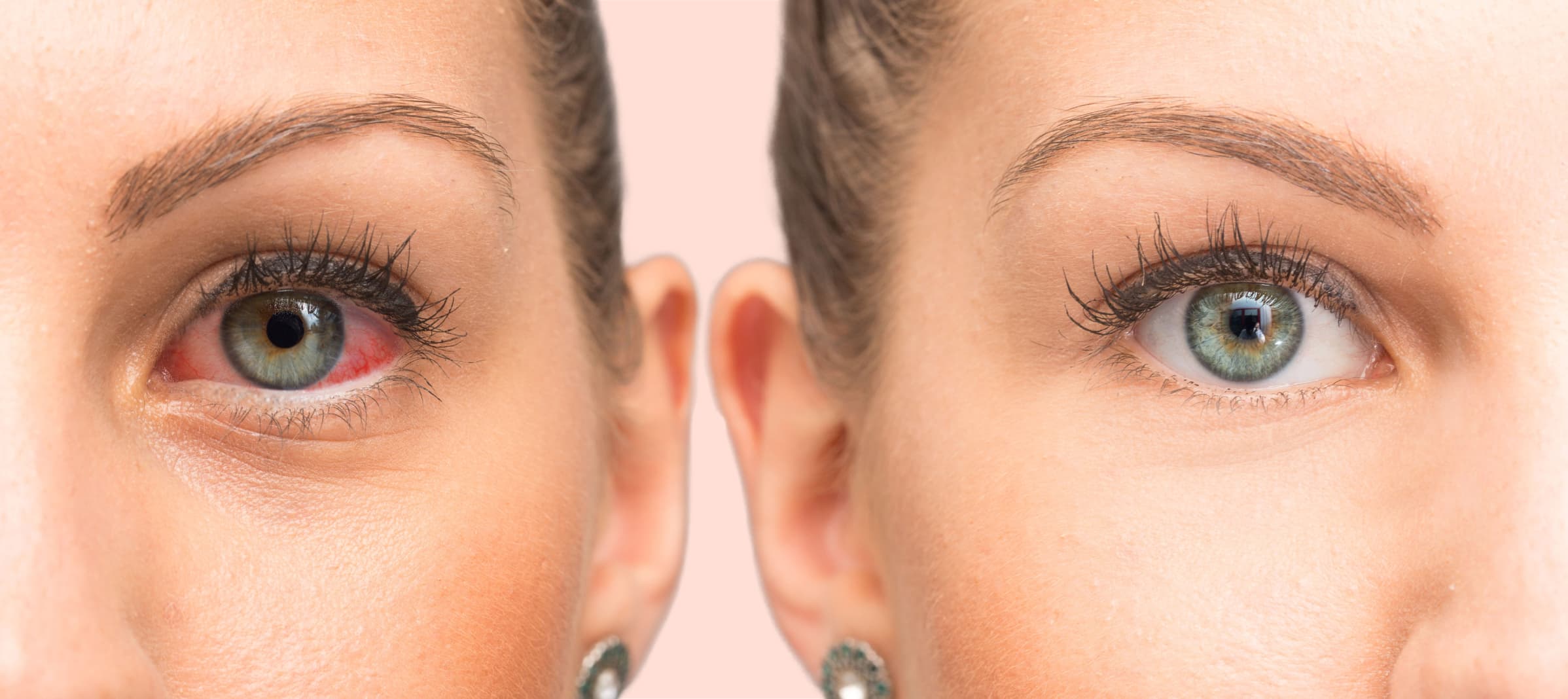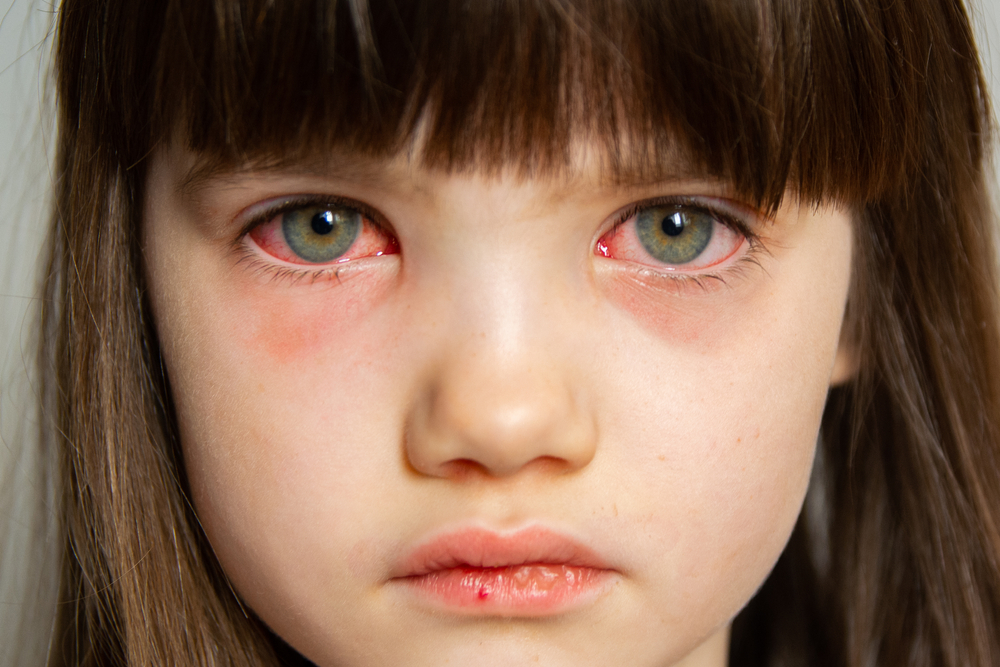Health Impacts of Fine Dust on Children: Respiratory and Allergy Issues
Health Impacts of Fine Dust on Children: Respiratory and Allergy Issues
Fine dust, also known as particulate matter (PM), is a serious environmental pollutant that poses significant health risks to children. These tiny particles, often less than 2.5 micrometers in diameter (PM2.5), can penetrate deep into the respiratory system, causing a range of health issues, particularly in young and developing bodies. In this blog post, we will explore how fine dust affects children’s health, focusing on respiratory diseases and allergy problems, and discuss preventive measures to protect your child.
Why Are Children More Vulnerable to Fine Dust?
Children are more susceptible to the adverse effects of fine dust due to several factors:
-
Developing Respiratory System: Their lungs are still growing and are more sensitive to pollutants.
-
Higher Breathing Rate: Children breathe faster than adults, taking in more air (and pollutants) per kilogram of body weight.
-
Closer Proximity to the Ground: Dust particles tend to settle near the ground where children play.
-
Immature Immune System: Their bodies are not yet fully equipped to fight off infections and inflammation caused by pollutants.
Respiratory Diseases Linked to Fine Dust Exposure
Prolonged or repeated exposure to fine dust can lead to various respiratory issues in children, including:
1. Asthma and Asthmatic Bronchitis
-
Triggers Inflammation: Fine dust particles irritate the airway, leading to chronic inflammation.
-
Symptoms: Wheezing, shortness of breath, chest tightness, and frequent coughing.
-
Risk of Severe Attacks: Children with pre-existing asthma may experience more frequent and intense episodes.
2. Chronic Obstructive Pulmonary Disease (COPD)
-
Early-Onset COPD: Repeated exposure to high levels of fine dust can contribute to the early development of COPD symptoms.
-
Permanent Lung Damage: Chronic exposure may cause irreversible changes in lung structure and function.
3. Respiratory Infections
-
Increased Susceptibility: Fine dust weakens the respiratory mucosa, making it easier for viruses and bacteria to penetrate.
-
Common Infections: Bronchitis, pneumonia, and upper respiratory tract infections.
Allergy Problems Triggered by Fine Dust
Fine dust particles can also aggravate or trigger allergic reactions, such as:
1. Allergic Rhinitis
-
Symptoms: Runny nose, sneezing, nasal congestion, and itchy eyes.
-
Aggravating Factors: Dust particles combined with pollen or pollutants increase allergen exposure.
2. Atopic Dermatitis and Skin Issues
-
Skin Irritation: Fine dust can settle on the skin, causing inflammation and exacerbating eczema.
-
Increased Sensitivity: Children with pre-existing skin conditions, such as atopic dermatitis, may experience severe flare-ups.
-
Microplastic Contamination: Some fine dust particles contain microplastics that may penetrate the skin barrier, leading to chronic irritation and long-term skin damage.
-
Skin Barrier Disruption: Particles can damage the protective layer of the skin, making it more vulnerable to allergens and irritants.
-
Moisture Loss: Fine dust exposure can lead to dryness and compromised skin hydration, worsening eczema symptoms.
Eye Health Issues Caused by Fine Dust
Fine dust can also significantly affect eye health, particularly in children, as they are more prone to eye-related issues due to increased outdoor activities and lower eye-level exposure.
1. Conjunctivitis (Eye Inflammation)
-
Irritation and Redness: Dust particles that come into contact with the eyes can cause itching, redness, and swelling.
-
Risk of Infection: Continuous exposure may lead to bacterial or viral conjunctivitis, especially in children with sensitive eyes.
-
Discomfort and Tearing: Eyes may produce excessive tears as a natural response to irritation.
2. Dry Eye Syndrome
-
Reduced Tear Production: Fine dust exposure can lead to a decrease in tear production, causing dry and uncomfortable eyes.
-
Gritty Sensation: Children may experience a feeling of sand in their eyes, leading to rubbing and increased irritation.
-
Potential Vision Impairment: Chronic dry eye can affect clarity and sharpness of vision.
Tips to Protect Eye Health from Fine Dust
Protecting children’s eyes from fine dust is essential to prevent discomfort and long-term issues. Here are some practical steps:
1. Use Protective Eyewear
-
Safety Goggles or Glasses: Wear protective eyewear during outdoor activities, especially on windy or high-dust days.
-
Wraparound Glasses: Choose designs that prevent dust from entering around the edges.
2. Regular Eye Washing
-
Gentle Rinsing: Rinse eyes with clean, lukewarm water after returning indoors to remove dust particles.
-
Artificial Tears: Use preservative-free eye drops to maintain moisture and flush out irritants.
3. Maintain Indoor Air Quality
-
Air Purifiers: Use HEPA-filter air purifiers to reduce airborne dust.
-
Humidifiers: Maintain adequate humidity levels to keep the eyes naturally moist.
4. Minimize Outdoor Exposure
-
Monitor Air Quality: Check air quality indexes and avoid outdoor activities during high-dust periods.
-
Hygiene Practices: Encourage children to avoid touching or rubbing their eyes with unclean hands.







Comments